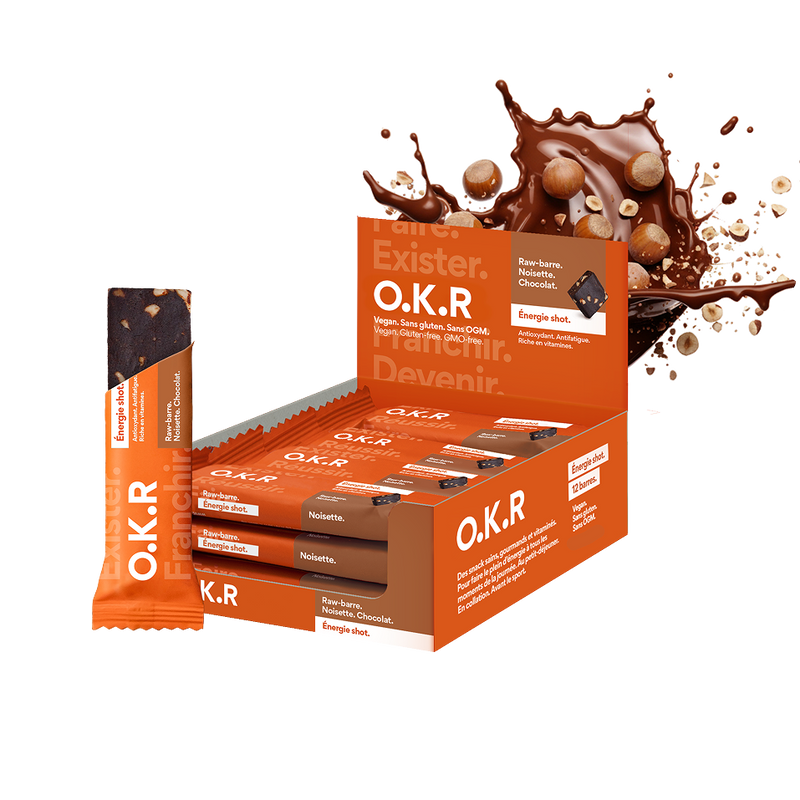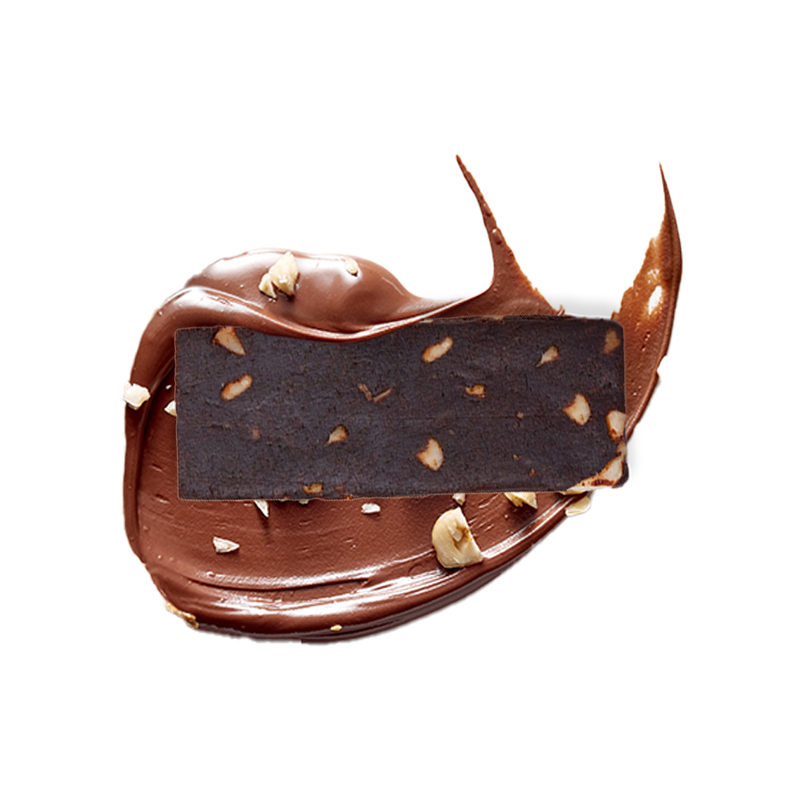The ketogenic diet, also known as the keto diet, is a diet that consists of eating foods high in fat and low in carbohydrates. The ketogenic diet can contribute to rapid weight loss and a reduced risk of certain diseases. However, to get the most out of it, it's important to know what diet to follow, which foods are suitable for a ketogenic/keto diet and which are not, and how to incorporate them into your diet. In this article, we'll explain what a ketogenic diet is and provide a list of foods to include or avoid while on a ketogenic diet.
What is a ketogenic diet?
A ketogenic diet is a diet high in fat and low in carbohydrates. The ketogenic diet has many benefits for the body and has been shown to be effective for weight loss and improved health and fitness. It can relieve some symptoms associated with conditions such as epilepsy and diabetes, regulate cholesterol levels, and help prevent cardiovascular disease and certain types of cancer.
The ketogenic diet involves a radical change in your diet by limiting your carbohydrate intake and increasing your fat intake.
A ketogenic diet allows our bodies to reach a state of ketosis : a physiological state in which the body burns fat for energy. Ketosis is a metabolic state where your body uses ketones as its primary energy source. Once carbohydrate stores are depleted, your body burns fat for energy. Entering ketosis therefore promotes fat and weight loss.
Results from several studies show that athletes on a ketogenic diet burn significantly more fat than those on a high-carb diet, confirming that their metabolism has adapted to the sugar deficiency and is primarily using fat as an energy source.
At the beginning of ketosis, your body may experience keto flu. Keto flu refers to the transient symptoms that appear after adopting a very low-carb diet, with intakes of less than 50g per day: it is thus called "low-carb flu." Be careful, keto flu is not caused by a virus like seasonal flu, but some of the symptoms are similar to the flu.
Symptoms of keto flu vary:
- Digestive problems (nausea, bloating, constipation or diarrhea)
- Headache, dizziness, difficulty concentrating, feeling of fogginess
- Bad breath
- Muscle cramps and pain
- General weakness, feeling tired, lack of sleep
- Skin rashes…
Everyone on a ketogenic diet may experience different symptoms, and their intensity varies from person to person. They are generally most intense during the first week and decline after four weeks.
Ketosis is achieved by limiting carbohydrate intake to less than 50 grams per day, while increasing healthy fats and protein intake. Following a ketogenic diet can be beneficial for those looking to lose weight because it allows for greater satiety between meals and can lead to rapid weight loss.
While this diet has many benefits for the body, weight, and health, for some people, the ketogenic diet can also carry certain risks. That's why it's essential to seek professional advice before embarking on any diet to ensure a diet that's right for you.
List of foods allowed during a ketogenic diet
People following a ketogenic diet must ensure they are eating a ketogenic diet. It is important to eat high-fat, healthy, and nutritious foods rich in protein, lipids, unsaturated fatty acids, and micronutrients. Here is a list of foods allowed on a ketogenic diet:
Sources of protein and fats for a ketogenic diet:
- Beef, pork, lamb, chicken, turkey…
- Fish rich in omega-3 and protein: salmon, tuna, trout, cod, seafood, etc.
- Eggs
- Dairy products: cottage cheese, goat cheese, sheep cheese, cream, butter, milk, coconut milk, coconut cream, yogurt , etc.
- Lawyer
- Nuts and seeds: almonds, macadamia nuts, pecans, walnuts, peanut butter…
- Extra virgin vegetable oils: olive oil, coconut oil, avocado oil, rapeseed oil, etc.
Sources of fiber for a ketogenic diet:
- Low-carb vegetables: spinach, broccoli, Brussels sprouts, zucchini, tomatoes, mushrooms, peppers, lettuce, celery...
- Low-sugar fruits: coconut, lemon, tomato
List of Foods to Avoid on a Ketogenic Diet
To achieve and maintain ketosis, it's important to eat a diet high in fat and low in carbohydrates. While there are no specific forbidden foods in diets, it's best to avoid these foods if you're following a keto/ketogenic diet.
- Low-fat dairy products
They contain more carbohydrates than fats and are therefore not suitable for a ketogenic diet. High-fat dairy products can be consumed in moderation, but they should not account for more than 20% of total daily calories.
- Grains, cereals, starchy foods, legumes and vegetables rich in carbohydrates
They should be avoided due to their high carbohydrate content. Whole grains are considered healthier because they provide fiber and other important nutrients. However, even if you opt for whole grains, you should consume them in moderation, limiting them to one serving per day and less than 25 grams of carbohydrates per day. Root vegetables like carrots, sweet potatoes, potatoes, beets, and corn should be completely avoided because they are very high in carbohydrates, as should pasta, rice, and others.
- Fruits and fruit juices
Fruits contain significant amounts of carbohydrates, and dried fruits contain more fructose than other fruits and should therefore be avoided on a ketogenic diet. Berries such as raspberries, blueberries, and strawberries can be eaten in moderation as these fruits contain relatively few carbohydrates per serving. You can also eat olives in moderation as they contain relatively low amounts of carbohydrates. Finally, lemon juice or zest can be added to your ketogenic diet. Lemon adds more flavor to keto recipes and promotes weight loss.
- Processed foods containing sugar, modified starches, or gluten
These foods should be completely avoided or limited during a ketogenic diet because they are very high in carbohydrates. This includes products made with white or refined flour (white bread, pasta, cookies, cereals), sugary products (candy, ice cream), chips and fried foods, as well as most sugary and alcoholic beverages. Sugar consumption should be avoided as much as possible during this diet.
Additionally, you should limit your intake of foods high in sodium because too much sodium can lead to fluid retention, which can hinder your weight loss on a ketogenic diet.
You can seek advice from a nutrition specialist to adapt the diet to your needs and to give you a ketogenic recipe program.
Sample Ketogenic Menu
Ketogenic diets are designed to provide the body with the necessary amount of fatty acids, while limiting carbohydrate sources.
Ketogenic Breakfast :
- Egg or Bacon
- Cheese
Ketogenic Lunch:
- Green salad with olive oil
- Chicken or fish
Ketogenic Snack:
- Handful of nuts or our Super Nuts snack.
Ketogenic Dinner:
- Steak
- Sautéed or grilled vegetables
Keto dieters are advised to opt for fresh or minimally processed foods as often as possible. When purchasing packaged products, be sure to read the nutrition label carefully to ensure you're choosing products that fit your eating plan.
We also recommend cooking and making ketogenic recipes that you can find on the internet or in cookbooks specializing in the keto diet.
In summary.
Following a ketogenic diet can be a great option for weight loss and improving your overall health and fitness. The ketogenic diet is becoming increasingly popular and widely practiced. When following a ketogenic diet, it's important to maintain a healthy intake of protein, fat, and fiber, while reducing the amount of carbohydrates consumed. As with any diet, it's important to understand what foods are allowed and prohibited to fully enjoy the benefits of the ketogenic diet and to seek the advice of a nutrition and health professional or physician.











